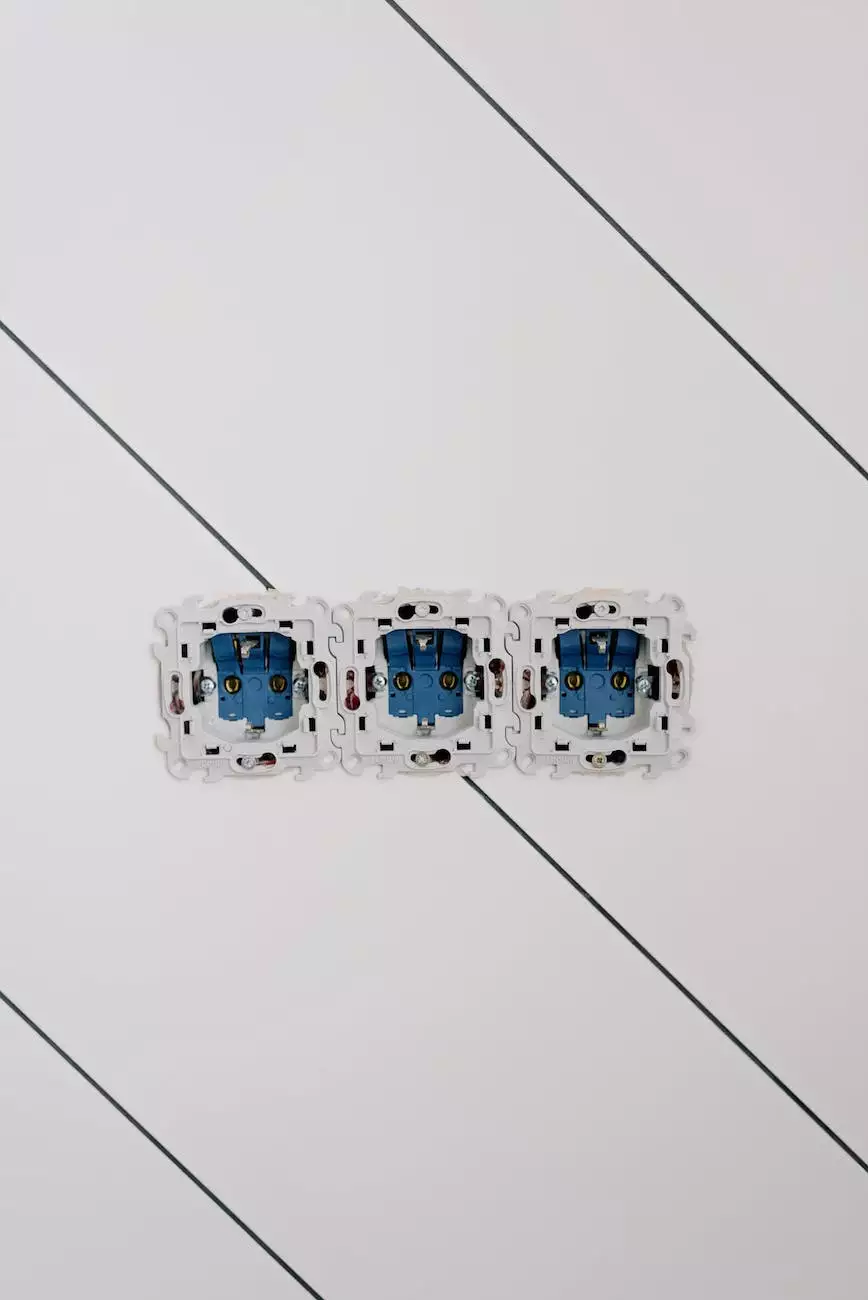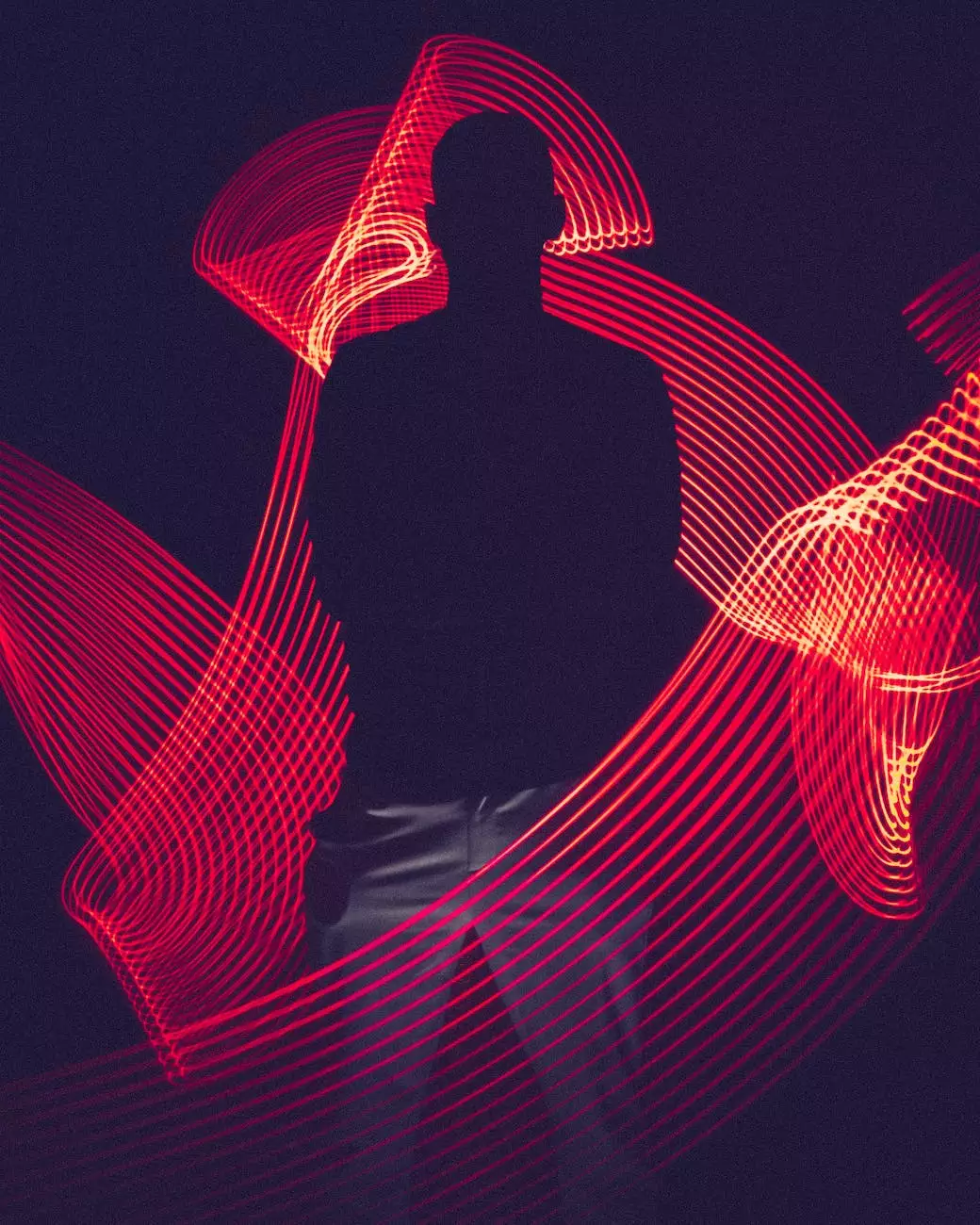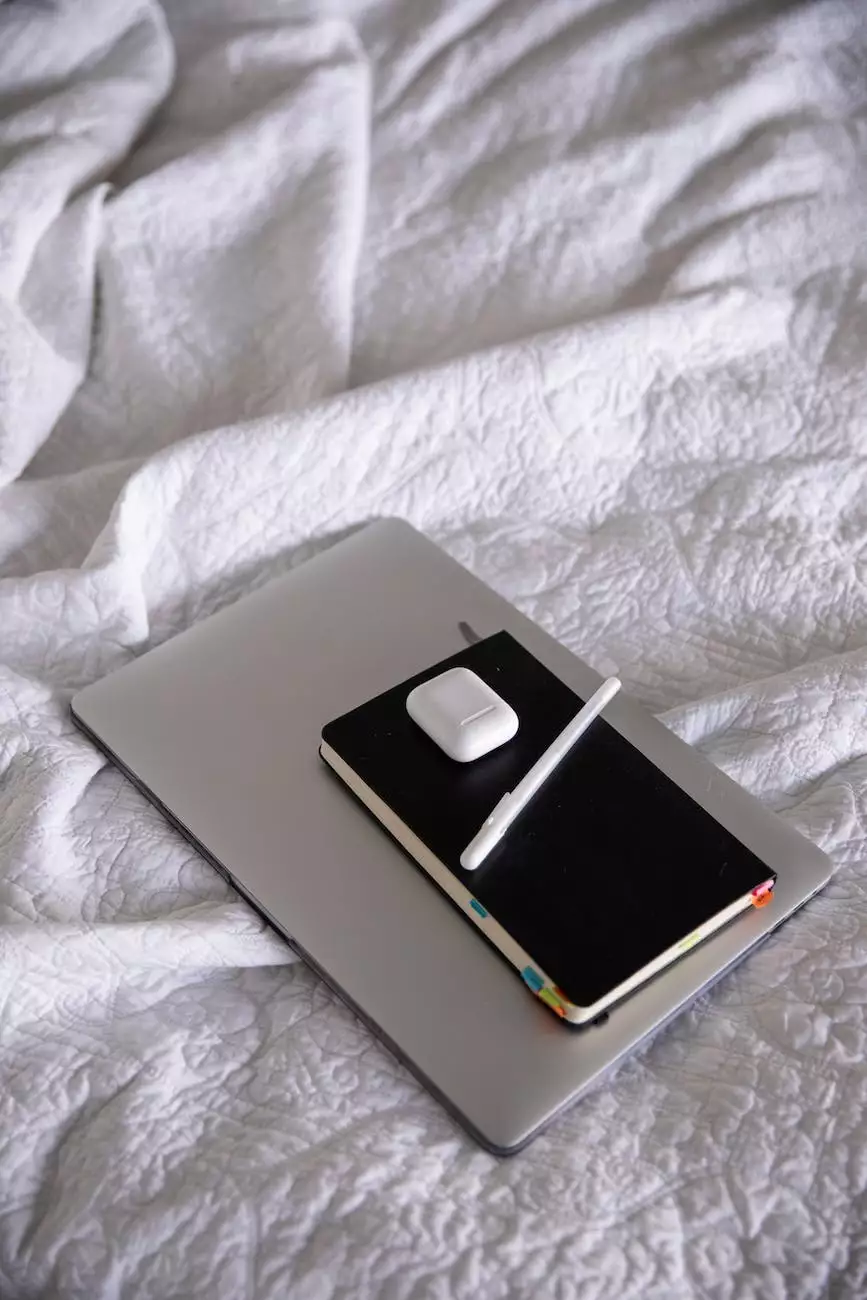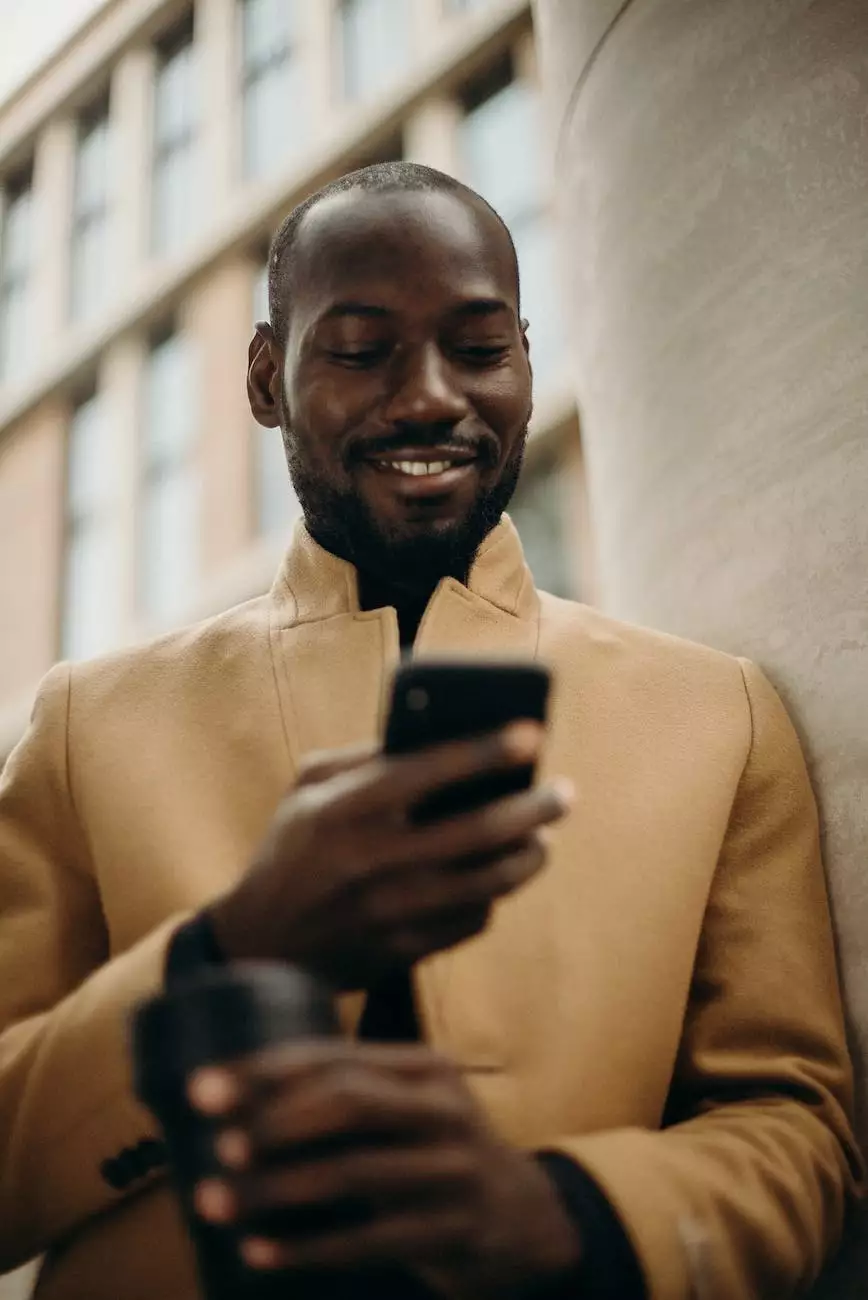A Basic Introduction to Color Palettes | Part Two
Blog
Understanding Color Theory for Effective Design
In the world of design, color is an essential element that can evoke emotions, convey messages, and create visual interest. In Part Two of our comprehensive guide to color palettes, we dive deeper into color theory and explore the various techniques and tips to create visually stunning designs.
The Importance of Color Harmony
Color harmony plays a crucial role in creating aesthetically pleasing designs. When colors are harmoniously combined, they create a sense of balance and unity. The right color palette can enhance the overall user experience and make your website or brand more memorable.
1. The Color Wheel
The color wheel is a fundamental tool for understanding color relationships. It consists of primary, secondary, and tertiary colors arranged in a circular format. By familiarizing yourself with the color wheel, you can easily create harmonious color combinations.
2. Complementary Colors
Complementary colors are pairs of colors that are opposite each other on the color wheel. When used together, they create a strong visual impact and can make certain elements stand out. For example, combining blue and orange, or red and green, can create a vibrant and eye-catching design.
3. Analogous Colors
Analogous colors are colors that are adjacent to each other on the color wheel. They create a sense of harmony and are often used to convey a specific mood or theme. For instance, using shades of blue and green can create a calm and serene atmosphere.
4. Triadic Colors
Triadic colors are a combination of three colors that are evenly spaced around the color wheel. This color scheme creates a vibrant and balanced look, making it suitable for creating a visually striking design. Examples of triadic color combinations include red, yellow, and blue or orange, green, and purple.
Tips for Choosing the Right Color Palette
Now that you have a better understanding of color theory, it's time to apply that knowledge to create your own color palettes. Here are some tips to help you choose the right color palette for your website or brand:
1. Consider Your Target Audience
Understanding your target audience is crucial when selecting a color palette. Different colors evoke different emotions and can influence how your audience perceives your brand. For example, bright and vibrant colors might be suitable for a youthful audience, while muted and neutral tones may appeal to a more sophisticated audience.
2. Consider Color Psychology
Color psychology is the study of how colors affect human behavior and emotions. Use this knowledge to your advantage by selecting colors that align with the message or feelings you want to convey. For instance, blue is often associated with trust and stability, making it an excellent choice for financial institutions.
3. Test Color Combinations
Experiment with different color combinations to find the perfect balance. Use color swatches or online tools to visualize how your chosen colors work together. By testing various options, you can ensure that your color palette is visually appealing and enhances the overall user experience.
4. Consider Accessibility
Accessibility is an important aspect of design. Ensure that your color palette meets accessibility standards, especially when designing for people with visual impairments. Consider using sufficient color contrast and providing alternative text for color-dependent elements.
Conclusion
Mastering the art of color palettes is key to creating designs that leave a lasting impression. By understanding color theory and applying the techniques discussed in this guide, you are well-equipped to create visually stunning designs that resonate with your target audience. Remember to experiment, be mindful of color psychology, and prioritize accessibility to ensure your designs are not only visually pleasing but also inclusive.










